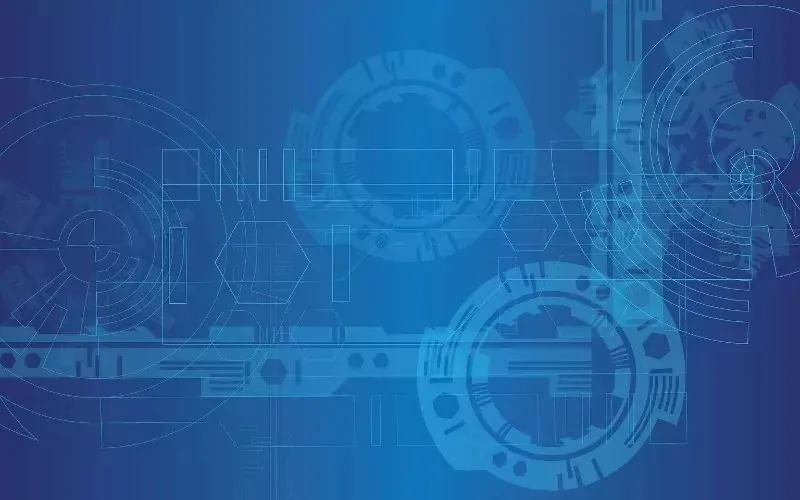The debate over whether Augmented Reality (AR) will surpass Virtual Reality (VR) in societal impact is gaining momentum.
With each technology offering distinct advantages, their future roles in our digital landscape continue to evolve and expand.
Understanding AR and VR
Augmented Reality (AR) and Virtual Reality (VR) are two revolutionary technologies shaping our digital experience. While VR immerses users in a completely virtual world, disconnecting them from reality, AR overlays digital information onto the real world, enhancing our immediate environment. These differences profoundly impact their applications and potential societal influences.
Social Interaction and User Experience
Peter Woodbridge, a senior lecturer at Manchester Metropolitan University, highlights the social aspect of media consumption. VR, by isolating the user with a headset, limits social interaction, posing a challenge in becoming mainstream. In contrast, AR offers a participatory experience, seamlessly integrating with social settings.
This view is echoed by Dr Maria Stukoff, who speaks to a broader audience’s accessibility to AR. The potential for AR to transform urban landscapes by overlaying virtual elements in real-world settings presents an exciting frontier.
Content Development Challenges
The success of VR largely hinges on finding its ‘killer’ content. Currently, much of VR entertainment remains gimmicky. Historical parallels can be drawn with the early stages of film, which initially resembled theater before innovators redefined its potential.
Woodbridge’s involvement in a VR healthcare project illustrates the transformative potential of VR beyond entertainment. By simulating medical scenarios, VR enables medical students to gain practical experience impossible in traditional classrooms.
Immersive Technologies in Education
Dr Stukoff reflects on the educational potential of immersive technologies. Both AR and VR offer unique ways to enhance learning experiences by providing interactive, sensory-rich environments.
In educational settings, AR can overlay information in real-time, making complex concepts more accessible. VR, meanwhile, offers students the chance to explore scenarios first-hand, fostering a deeper understanding through experience rather than observation.
The isolation associated with VR is comparable to traditional learning methods. Users deliberately choose VR experiences for focused, distraction-free learning, gradually integrating it into educational frameworks.
Future of AR in Urban Development
Imagine cities where AR eliminates the need for CCTV cameras, using interactive virtual environments instead. This visionary approach could redefine our interaction with public spaces, blending technology with urban planning.
Such integration of AR within city infrastructures can create dynamic, responsive environments. The ability to superimpose different realities in public spaces could enhance both security and user experience in urban settings.
However, implementing AR on a large scale in cities presents challenges, from technological feasibility to privacy concerns. Addressing these will be crucial for widespread adoption.
VR’s Role in Professional Training
Woodbridge’s VR project in healthcare exemplifies the practical applications of VR in professional training. By immersing trainees in high-pressure scenarios, VR offers unparalleled opportunities for experiential learning.
VR’s advantage lies in its ability to mimic real-world stressors and scenarios, preparing professionals with realistic, hands-on practice. Despite its isolating nature, VR excels in creating controlled environments that simulate real-life challenges.
Conclusion Thoughts on AR and VR Impact
The impact of AR and VR diverges based on their unique capabilities and applications. AR’s ability to enhance reality presents broader societal benefits, while VR’s immersive nature offers transformative experiences in professional and educational domains.
Augmented Reality’s integration with daily life suggests a potential for greater societal influence compared to Virtual Reality, which remains transformative in specialized fields.
The ongoing evolution of both technologies indicates that their true impact will be realized as they continue to develop and mature.


